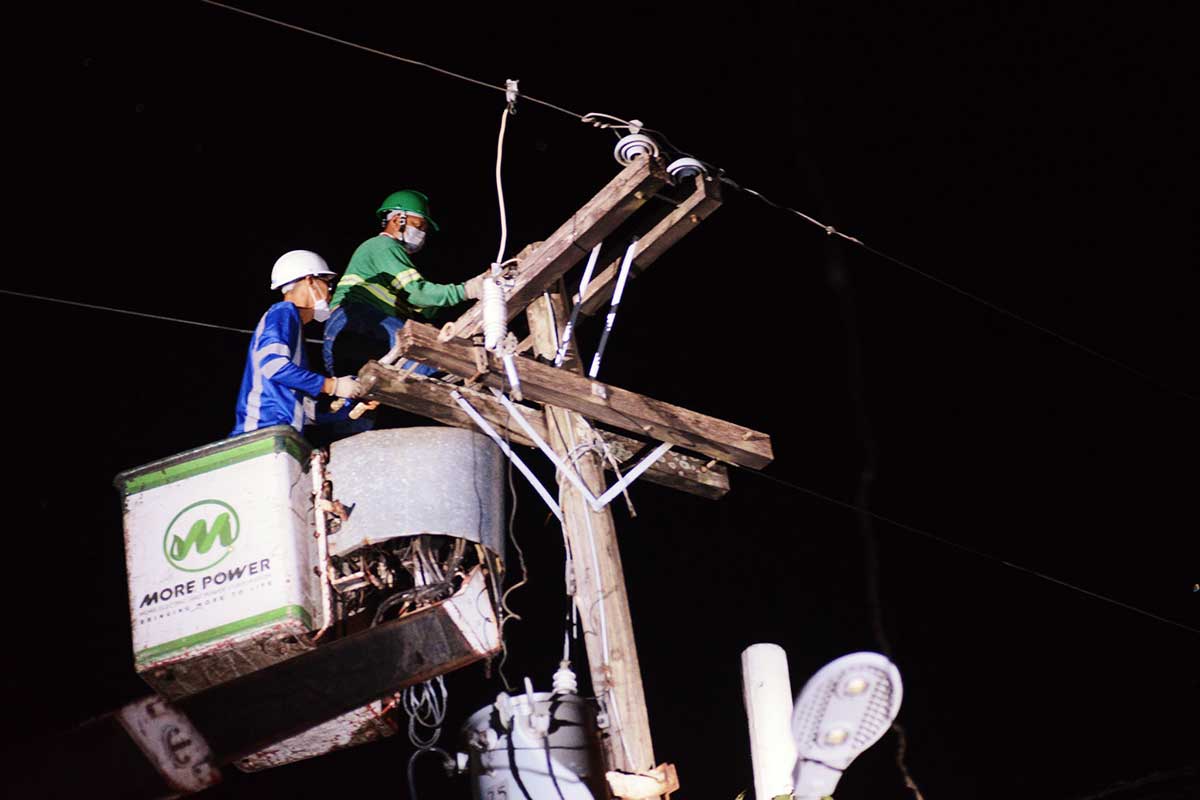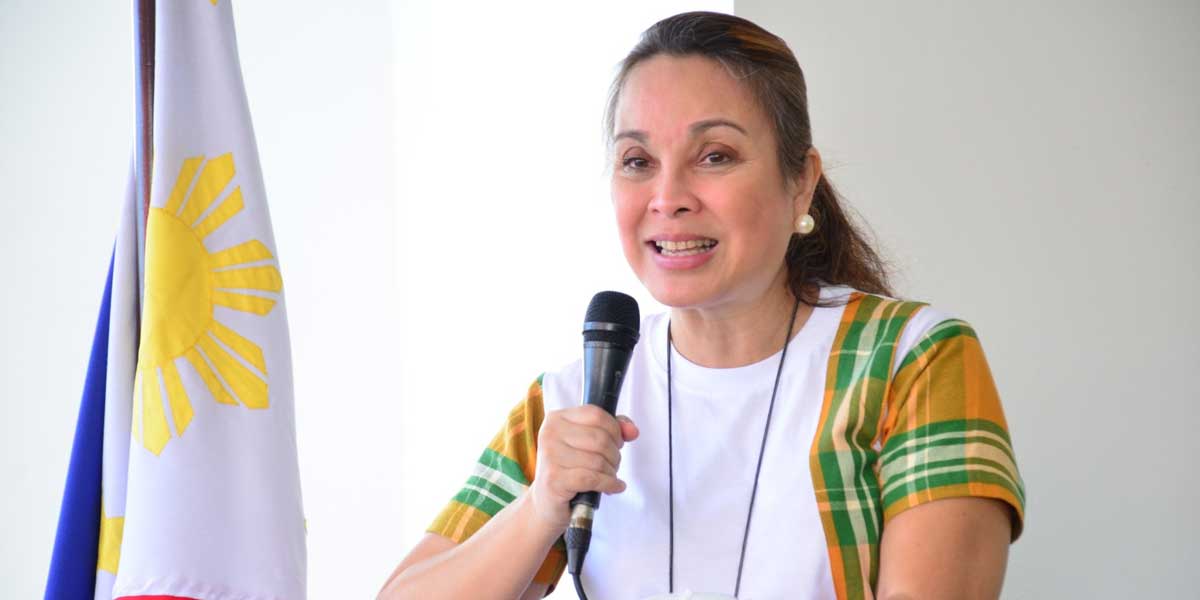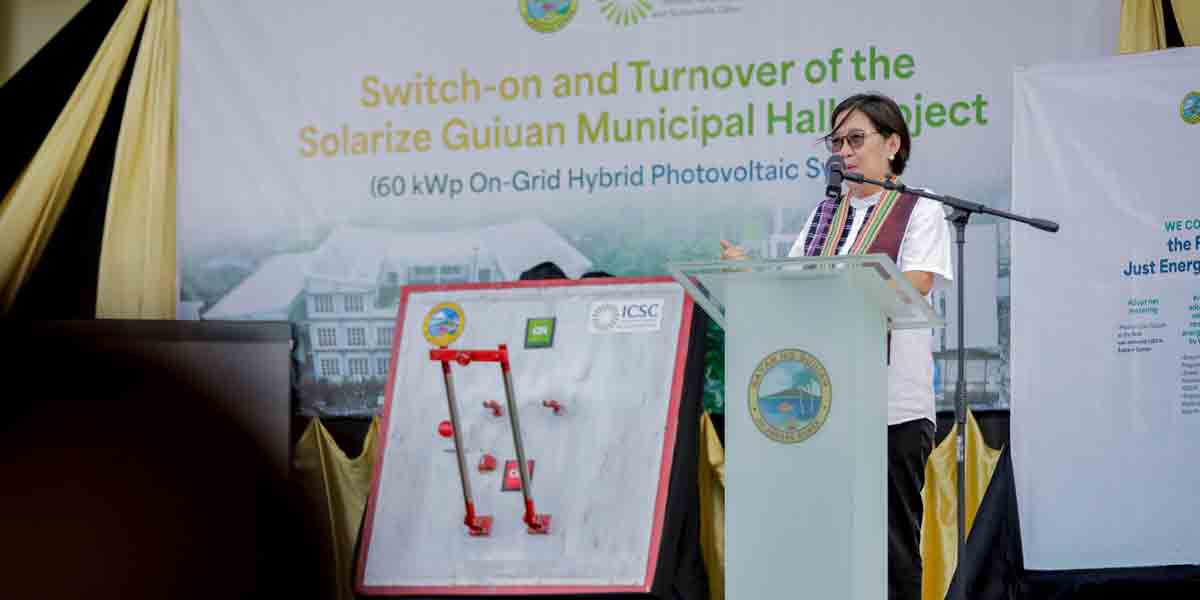
By Jennifer P. Rendon
From a whopping 30.15 percent, the systems loss of MORE Electric and Power Corp., Iloilo City’s sole distribution company, dramatically reduced to 9.68 percent.
MORE Power made the revelation as it sought exemption from the reporting of feeder system loss for 2018-2020.
This is in answer to a resolution of the Energy Regulatory Commission (ERC), which aims to review the setting of new distribution feeder loss (DFL) cap for power distribution utilities.
The ERC has maintained the feeder systems loss cap for private distribution utilities at 5.5 percent for 2022 pending the review of the DFL data by the Commission.
Systems loss refers to the unbilled power caused by pilferage and physical loss of energy when electricity passes through distribution lines.
The systems loss can be passed on to consumers as stipulated by Republic Act 7832 or the Anti-Electricity and Electric Transmission Lines/Materials Pilferage Act of 1994.
Systems losses are categorized into technical and non-technical losses.
Technical systems loss arises from the characteristics of electrical equipment and materials in the physical delivery of electric energy, including conductor loss and transformer core loss.
Non-technical loss is caused by actions external to the power system and consists primarily of electricity theft or pilferage.
EXEMPTION
One main requirement provided in ERC Resolution 10, Series of 2018 is the submission of at least one-year data on systems losses for the years 2018 to 2020.
Niel Parcon, head of corporate planning of MORE Power, said the company cannot provide at least one year of feeder distribution system loss (DSL) data for the period 2018 to 2020, since it only started its operation last Feb 29, 2020, a year after Pres. Rodrigo Duterte signed its 25-year franchise via Republic Act No. 11212
“Because of this predicament, MORE Power wrote a letter to the ERC last November 11, 2021 to inform the Commission and seek exemption from this rule,” Parcon said, referring to the reporting of system loss for the said period only.
Parcon also stressed that Panay Electric Company (PECO), the previous distribution utility, did not turn over any document or operational data when MORE Power took over.
“We inherited a very high system loss at the time of takeover in 2020. During its initial months of operation, the actual systems loss in the distribution system in Iloilo City was at a staggering 30.15 percent,” he said.
He added that through the company’s relentless campaign against pilferage and intensive improvements to the distribution system to reduce technical losses, MORE Power was able to drastically slash the systems loss to only 9.68 percent, including sub-transmission losses as of November 2021.
The Feeder DSL cap is 6 percent for 2020 and 5.5 percent for 2021. The cap is the allowed portion of the losses that can be passed on or charged on the consumer. Any system loss over the cap will be absorbed by the distribution company.
Lower systems loss cap means lower bills for the consumers.
Parcon said MORE Power consistently submits report of its actual system loss based on its energy purchases and sales.
But ERC requires the segregation of this system loss to technical and non-technical, which is quite a difficult and laborious task pending the complete inventory of the distribution system assets.
The ERC has signed a partnership agreement with United Nations Office for Project Service (UNOPS) to undertake a review on the setting of new distribution feeder loss (DFL) cap for PDUs.
With the study still pending, the ERC approved the 5.5 percent CSP in 2022 onwards “until such time that a new feeder loss cap is promulgated after completion of the study or review.”


















